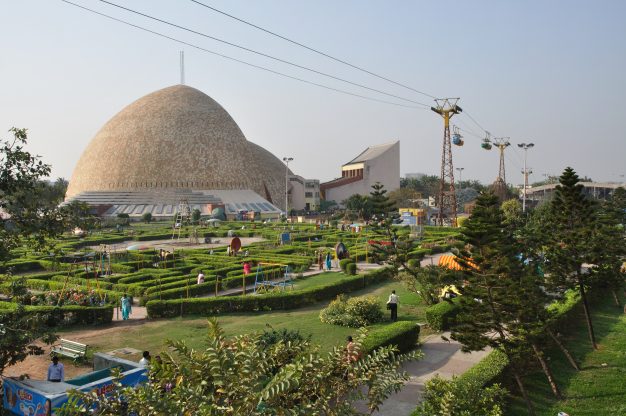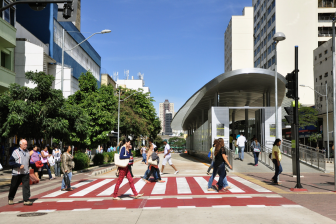
Creating safe and inclusive spaces for children: a catalyst for positive societal impact in Kolkata’s neighbourhoods
The establishment of environments that are suitable for children is of utmost importance in fostering communities that are both healthy and content, particularly in regions undergoing rapid urbanisation, such as Kolkata, India.
The objective of this research was to ascertain the key areas of focus for the enhancement of child-friendly localities in Kolkata, as determined by the viewpoints of 258 inhabitants who partook in an internet-based questionnaire. The survey conducted a ranking of 12 amenities, encompassing a variety of services such as parks and childcare facilities, based on their respective levels of significance.
The findings of the study indicate that the provision of parks, footpaths, street lights, street trees, and resting places are crucial in creating child-friendly neighbourhoods in Kolkata. Nevertheless, an examination based on parental status indicated minor variations, as parents exhibited a greater inclination towards prioritising libraries for their children in comparison to non-parents. Conversely, healthcare provision was deemed less significant among parents relative to non-parents.
This research holds significant societal implications, as it offers valuable insights to urban planners and policymakers regarding the development of more sustainable and equitable communities for children residing in Kolkata.
Urban planners can enhance the livability and inclusivity of neighbourhoods by prioritising child-centric amenities, such as parks and footpaths, while also taking into account the unique needs of parents and non-parents. This approach can foster social cohesion and promote community resilience.
The present research holds significance for multiple Sustainable Development Goals (SDGs), namely SDG 3 (Good Health and Well-being), SDG 11 (Sustainable Cities and Communities), and SDG 16 (Peace, Justice, and Strong Institutions). Sustainable urban planning has the potential to make a significant contribution towards the attainment of SDG 3 by establishing environments that are conducive to the physical and mental well-being of children.
Urban planners can make a significant contribution towards the attainment of SDG 11 by giving priority to the creation of public spaces that are safe and accessible. Urban planning can play a role in realising SDG 16 through the provision of child-centric amenities that promote social inclusion and equity.
This is an abstract version of a study by Rituparna Das and Anki Banerjee, which was published in the ScienceDirect journal. It is republished under Creative Commons Licensing guidelines.
Click here for the full article.




